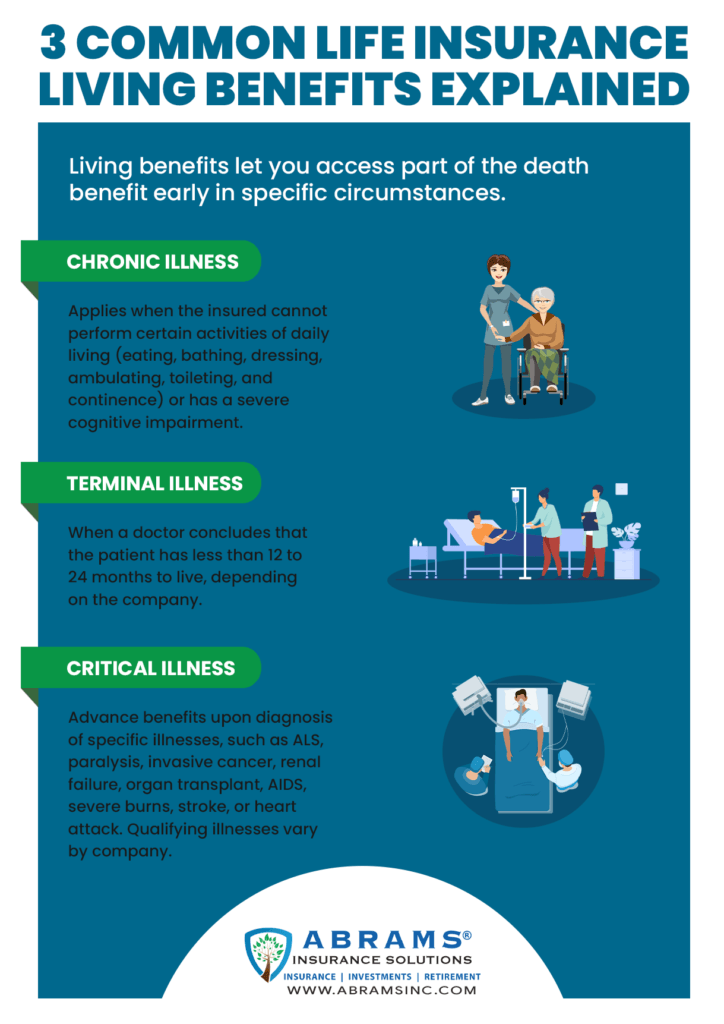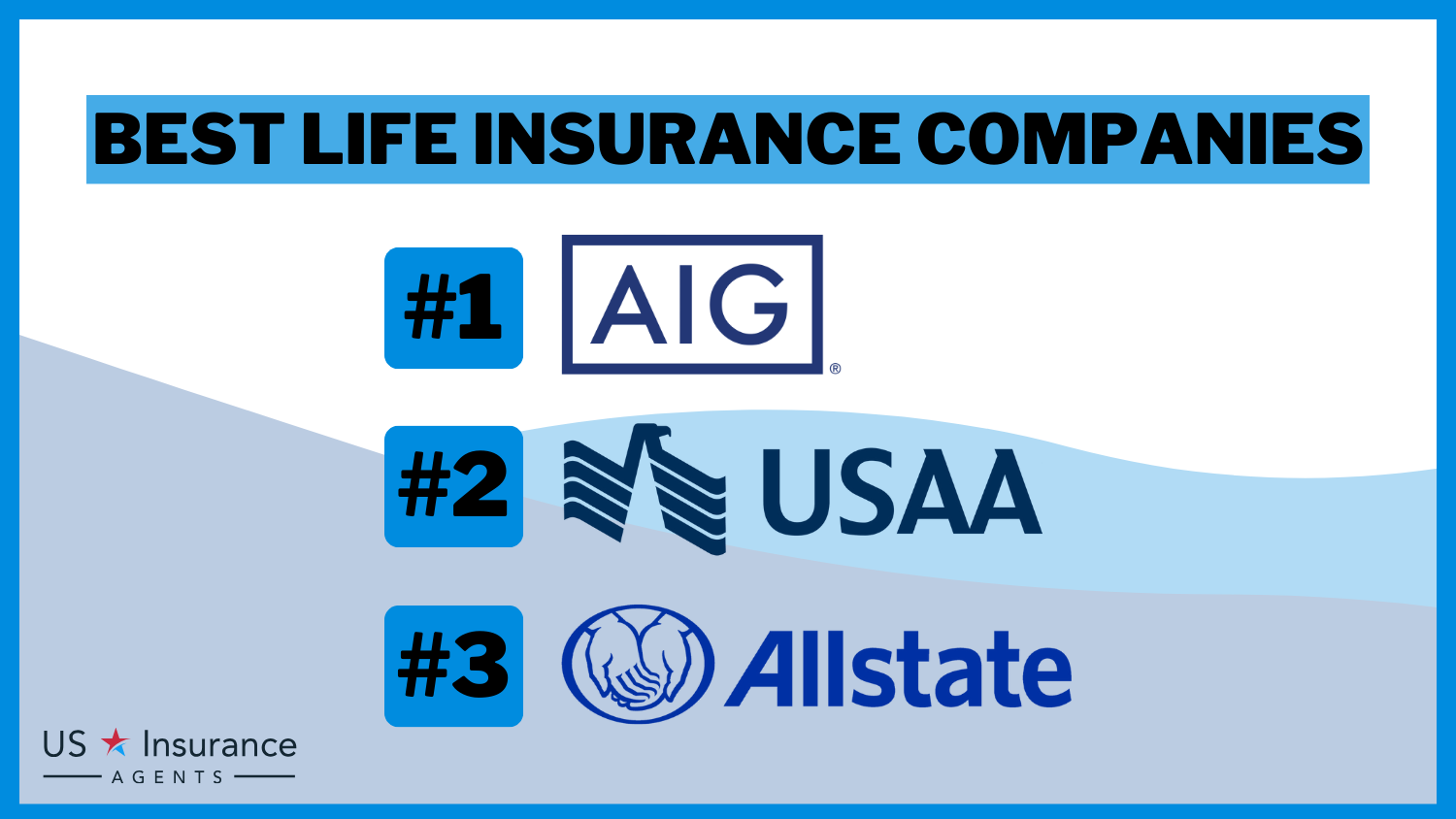No-Fault State Meaning Car Accident
When someone says “no-fault state,” they’re referring to a state that has “no-fault” car insurance laws. These laws are designed to make the process of getting compensation for damages after a car accident less contentious and time-consuming. Each driver’s insurance company is responsible for handling their own medical bills, regardless of who caused the accident.
How No-Fault States Handle Car Accidents
In a no-fault state, when you’re in a car accident, you don’t have to prove who caused it. Instead, you file a claim with your own insurance company, and they’ll pay for your medical expenses and other covered losses, up to the limits of your policy.
No-fault states require drivers to carry personal injury protection (PIP) insurance, which covers their own medical expenses, regardless of fault in an accident. PIP coverage also typically includes lost wages, funeral expenses, and other related costs. The minimum amount of PIP coverage required varies from state to state, but it’s typically around $10,000.
In addition to PIP coverage, no-fault states also typically require drivers to carry liability insurance. Liability insurance covers damages to other people or property in an accident that you cause. The minimum amount of liability insurance required varies from state to state, but it’s typically around $25,000 per person and $50,000 per accident.
No-fault laws have a number of advantages over traditional fault-based insurance systems. For one thing, they speed up the claims process. In a fault-based system, the insurance companies of the two drivers involved in an accident must investigate the accident and determine who was at fault before either driver can receive any compensation. This process can take months or even years. In a no-fault system, however, each driver’s insurance company simply pays for their own insured’s damages, regardless of fault. This can save a lot of time and hassle.
No-fault laws also reduce the number of lawsuits filed after car accidents. In a fault-based system, drivers who are injured in an accident often sue the at-fault driver to recover damages. This can lead to lengthy and expensive legal battles. In a no-fault system, however, drivers are not allowed to sue the at-fault driver for damages covered by PIP insurance. This can save a lot of time and money for everyone involved.
No-Fault State Meaning Car Accident
Are you involved in a car wreck in a state where drivers are required to have Personal Injury Protection (PIP) coverage? If so, you may be wondering, “What exactly does this coverage include, and how can it assist me?” In this article, we will delve into the intricacies of PIP insurance, exploring what it covers and how it can benefit you in a no-fault state. So, buckle up and let’s get started.
How PIP Insurance Works
In a no-fault state, PIP insurance is mandatory for all drivers. It is designed to provide coverage for medical expenses, lost wages, and other essential expenses regardless of who is at fault for the accident. By eliminating the need to determine fault, PIP insurance aims to simplify the claims process and ensure that injured parties receive timely compensation. However, it’s important to note that coverage limits and eligibility criteria may vary from state to state.
What PIP Insurance Covers
PIP insurance typically covers a wide range of expenses related to the accident, including:
- Medical expenses: These include costs for doctor visits, hospital stays, surgeries, physical therapy, and medications.
- Lost wages: If you are unable to work due to injuries sustained in the accident, PIP insurance can provide compensation for lost income.
- Other necessary expenses: This may include expenses for transportation to medical appointments, childcare, and household help.
PIP coverage can be invaluable in alleviating the financial burden associated with car accidents, allowing you to focus on your recovery without worrying about mounting medical bills or lost income. It’s like having a safety net that can catch you when unexpected expenses come knocking.
Filing a PIP Claim
To file a PIP claim, you will need to contact your insurance company and provide them with details of the accident, your injuries, and any expenses you have incurred. It’s crucial to file your claim promptly to avoid delays in receiving benefits. Your insurance company will review your claim and determine if you are eligible for coverage. Once your claim is approved, you will begin receiving benefits.
Benefits of PIP Insurance
PIP insurance offers several benefits to drivers in no-fault states, including:
- Guaranteed coverage: Regardless of fault, PIP insurance provides coverage for medical expenses and other essential costs.
- Simplified claims process: By eliminating the need to determine fault, PIP insurance simplifies the claims process, making it easier to obtain compensation.
- Peace of mind: Knowing that you have PIP coverage can provide peace of mind, allowing you to focus on your recovery without worrying about financial matters.
Overall, PIP insurance is an essential coverage for drivers in no-fault states. It provides a safety net that can protect you and your family from the financial consequences of a car accident.
No-Fault State Meaning: Car Accident Aftermath
In the wake of a car accident, it’s natural to wonder who’s at fault. In some states, determining fault is a crucial step in determining liability and compensation. But in so-called “no-fault” states, fault plays a limited role, particularly when it comes to personal injuries. Let’s delve into the unique legal landscape of no-fault states and how they handle car accident claims.
No-Fault States: A Different Approach
In a nutshell, no-fault states aim to streamline the car accident claims process and minimize disputes over who caused the crash. Under this system, drivers involved in an accident are generally required to file claims with their own insurance companies, regardless of who is deemed at fault. This differs from “fault” states, where the at-fault driver’s insurance is typically responsible for compensating the injured party.
Coverage in No-Fault States
In no-fault states, personal injury protection (PIP) insurance is mandatory. PIP coverage helps cover medical expenses, lost wages, and other costs associated with car accident injuries. As a result, drivers in no-fault states don’t have to prove fault to receive compensation for their injuries. However, PIP coverage has its limits, and it may not cover all expenses. For example, pain and suffering damages are often not covered under PIP.
Fault for Property Damage
While fault is generally not considered for personal injury claims in no-fault states, it can come into play when determining liability for property damage. If one driver is clearly at fault for causing an accident, their insurance company may be responsible for covering the costs of repairing or replacing damaged vehicles or property. However, in many cases, property damage is handled through collision coverage or uninsured/underinsured motorist coverage, which typically don’t require a determination of fault.
Impact on Insurance Premiums
In no-fault states, insurance companies may consider fault when setting premiums. Drivers with a history of reckless driving or at-fault accidents may face higher premiums. However, it’s important to note that insurance rates are also influenced by other factors, such as the driver’s age, driving record, and location. Consulting with an insurance agent can help drivers understand how fault and other factors affect their insurance costs.
Understanding "No-Fault" in Car Accident Law
In the perplexing realm of car accidents, the concept of "no-fault" can be a beacon of clarity amidst the chaos. Unlike traditional fault-based systems, where liability is assigned to a specific party, no-fault states place the onus on drivers to seek compensation from their own insurance policies, regardless of who caused the crash. This system aims to expedite the claims process and reduce finger-pointing.
Filing a Claim after a Car Accident in a No-Fault State
In the aftermath of a no-fault car accident, the first step is to contact your insurance company. Cooperatively, you’ll compile an account of the accident, including the names of the drivers involved, the time and location of the crash, and any injuries or property damage sustained. Your insurance provider will then initiate the claims process.
Coverage and Exceptions in No-Fault States
The extent of coverage in a no-fault state varies depending on the jurisdiction. Typically, it encompasses medical expenses, lost wages, and property damage up to specific limits. However, there are certain exceptions to the no-fault rule. For instance, if the accident resulted from gross negligence or criminal conduct, the at-fault party may be held liable.
Benefits and Drawbacks of No-Fault Systems
The no-fault system offers several advantages. It simplifies the claims process, making it less adversarial and potentially faster than a fault-based system. Additionally, it can prevent injured victims from being left without compensation if the at-fault driver is uninsured or underinsured.
However, this system also has its drawbacks. Critics argue that it can lead to increased insurance premiums, as all drivers are required to carry more comprehensive coverage. Moreover, it may incentivize drivers to be less cautious, knowing that their own insurance will cover their damages regardless of fault.
No-Fault State Meaning Car Accident
What does it mean when a state is considered a “no-fault” state in regards to car accidents? In a no-fault state, drivers are not held financially responsible for injuries or damages caused in a car accident, regardless of who is at fault. Instead, each driver’s own insurance company covers their losses. This system is designed to streamline the process of filing claims and receiving compensation after a car accident, and to reduce the number of lawsuits.
Limitations of No-Fault Laws
While no-fault laws have some advantages, they also come with certain limitations. One of the main drawbacks is that they can limit the amount of compensation available to victims of car accidents, especially those who suffer serious injuries. In a no-fault state, victims are only able to recover compensation for their own medical expenses, lost wages, and other out-of-pocket costs. They are not able to sue for pain and suffering, lost earning capacity, or other non-economic damages.
For example, imagine that you are in a car accident in a no-fault state and suffer a broken leg. Your medical bills total $10,000, and you lose $5,000 in wages while you are recovering from your injury. Under a no-fault law, you would only be able to recover $15,000 from your own insurance company. You would not be able to sue the at-fault driver for any additional damages, even if their negligence caused your accident.
Additional Disadvantages of No-Fault Laws
In addition to limiting the amount of compensation available to victims, no-fault laws can also:
Overall, while no-fault laws have some advantages, they also come with certain limitations. It is important to be aware of these limitations before making a decision about whether or not to file a claim under a no-fault law.
No-Fault State Meaning in Car Accident
In the wake of a car accident, determining fault can be a contentious and time-consuming process. However, in certain states known as no-fault states, the concept of fault takes a backseat, simplifying the process of obtaining compensation.
In a no-fault state, it doesn’t matter who caused the accident. Instead, each driver’s own insurance company covers their medical expenses and other losses, up to certain limits. This streamlined approach eliminates the often-difficult task of assigning blame, allowing victims to focus on recovering from their injuries.
Advantages of No-Fault Laws
No-fault laws offer several advantages over traditional fault-based systems.
1. Reduced Disputes
No-fault laws eliminate the need to determine fault, significantly reducing disputes between drivers and insurance companies. This not only saves time and resources but also helps to create a more harmonious claims process.
2. Streamlined Claims Process
By removing the element of fault, no-fault laws simplify the claims process. Victims can file claims directly with their own insurance companies, without having to negotiate with the at-fault driver’s insurer. This streamlines the process, making it easier for victims to obtain compensation.
3. Faster Compensation
No-fault laws expedite the compensation process. Victims can receive payments for medical expenses and other losses much sooner than in fault-based systems, where the determination of fault can delay payments for months or even years.
4. Lower Insurance Costs
No-fault laws can lead to lower insurance costs for drivers. Because insurers are not responsible for paying claims for injuries caused by their policyholders, they can pass on the savings to their customers.
5. Focus on Recovery
No-fault laws allow victims to focus on their recovery rather than getting bogged down in the complexities of fault determination. This can lead to better outcomes for victims, both physically and emotionally.
6. Protecting Drivers in Uninsured Motorist Cases
In no-fault states, drivers are protected even if they are involved in an accident with an uninsured motorist. The victim’s own insurance company will cover their losses, ensuring that they are not left financially devastated in the aftermath of an accident caused by someone else’s negligence.




Leave a Reply